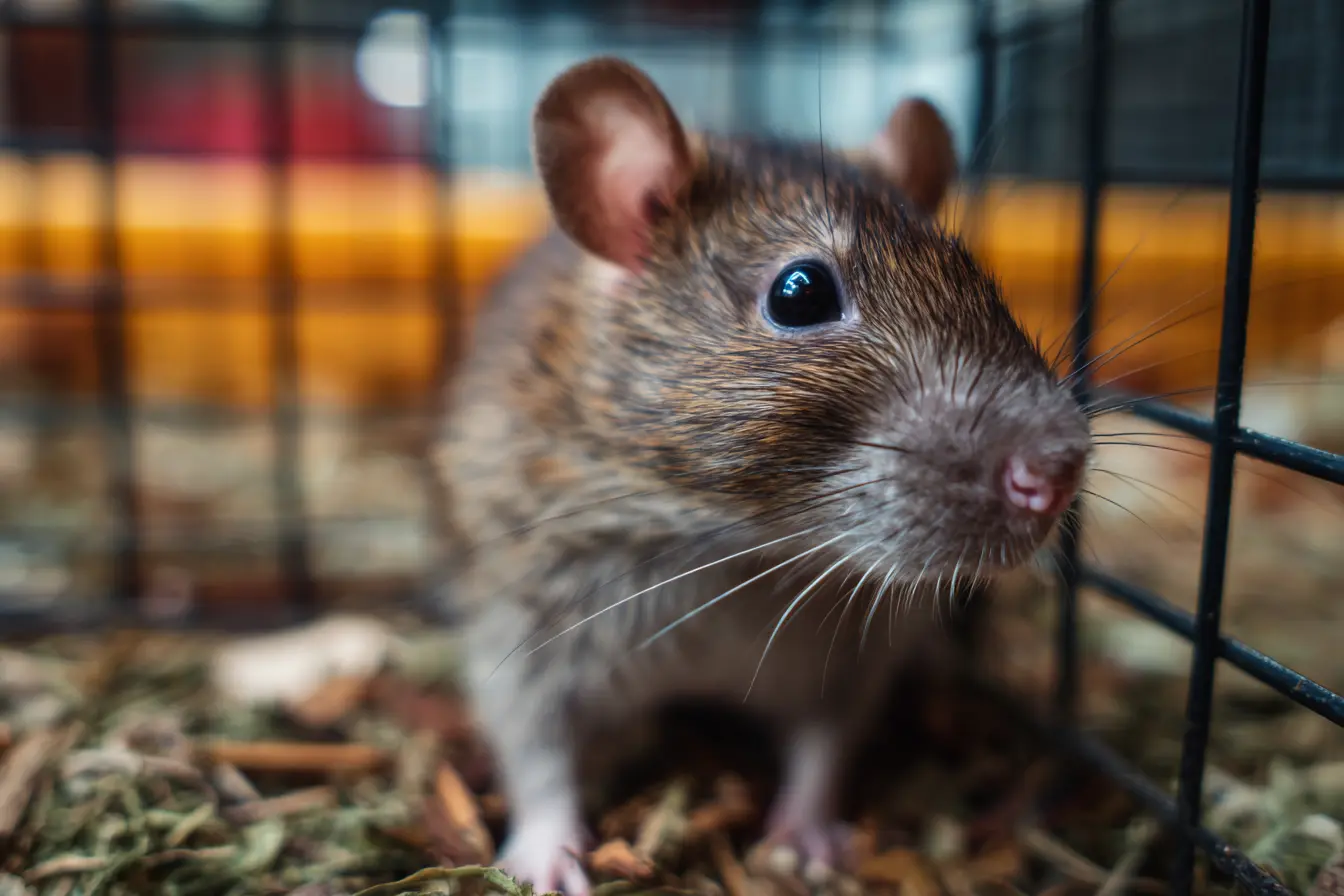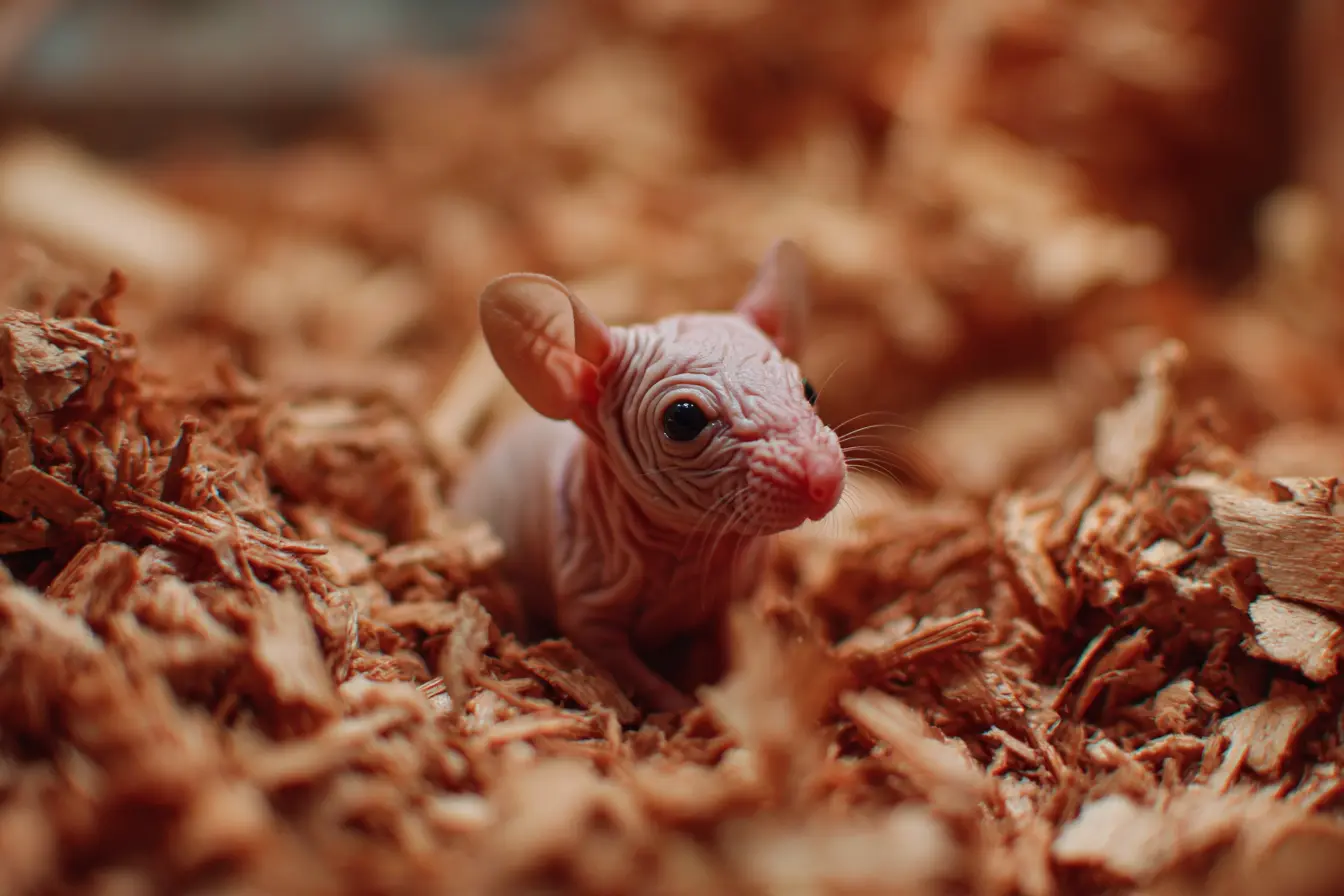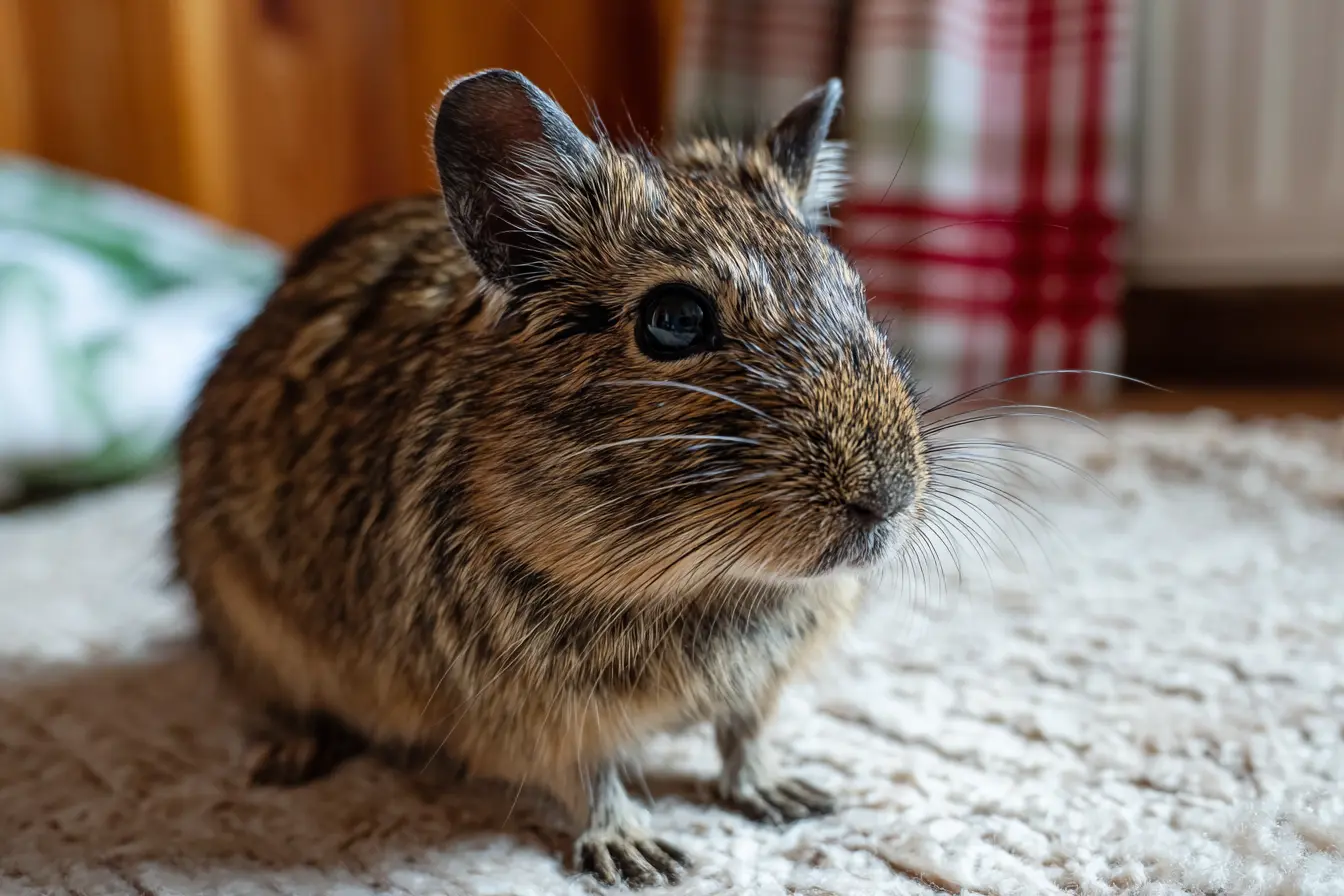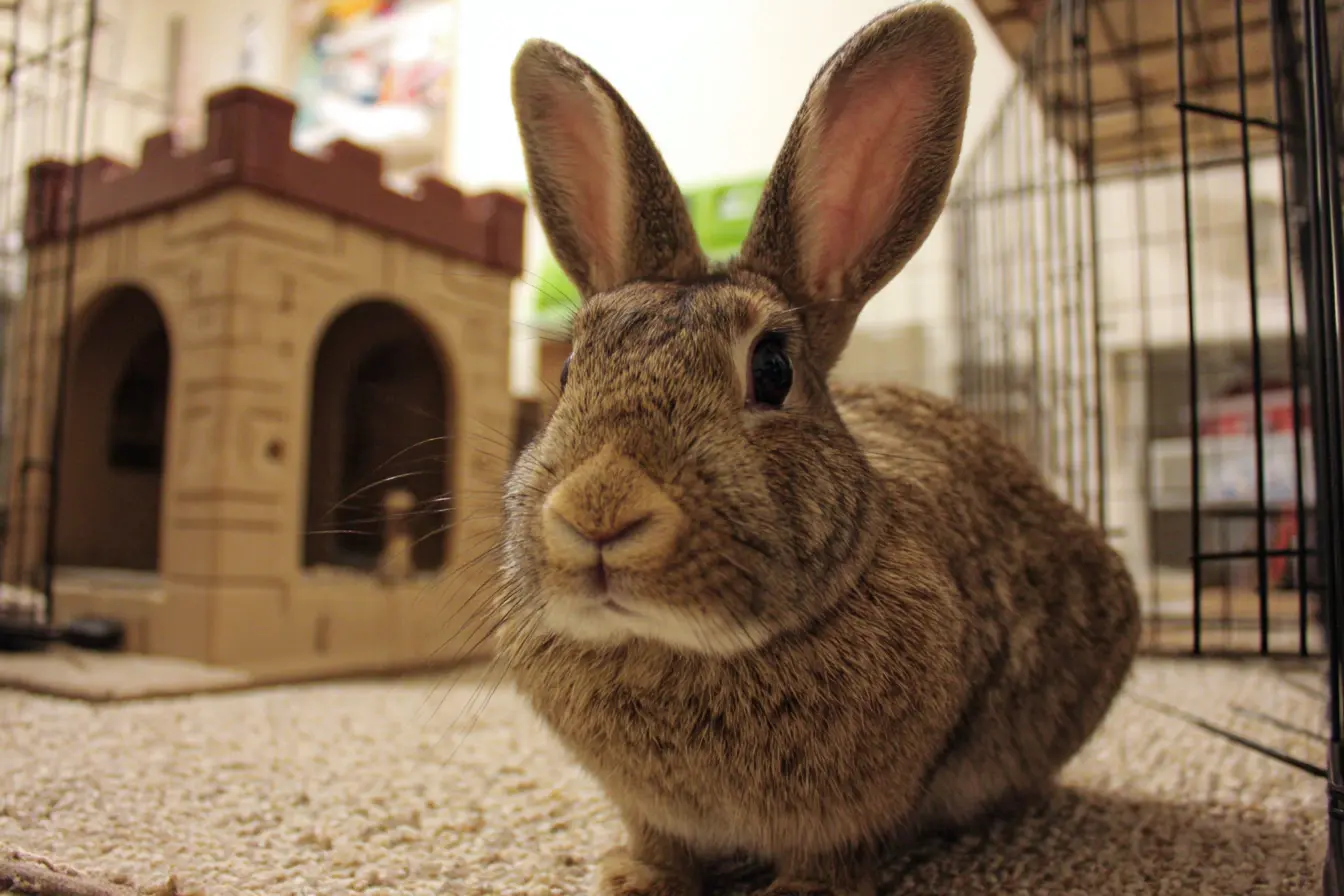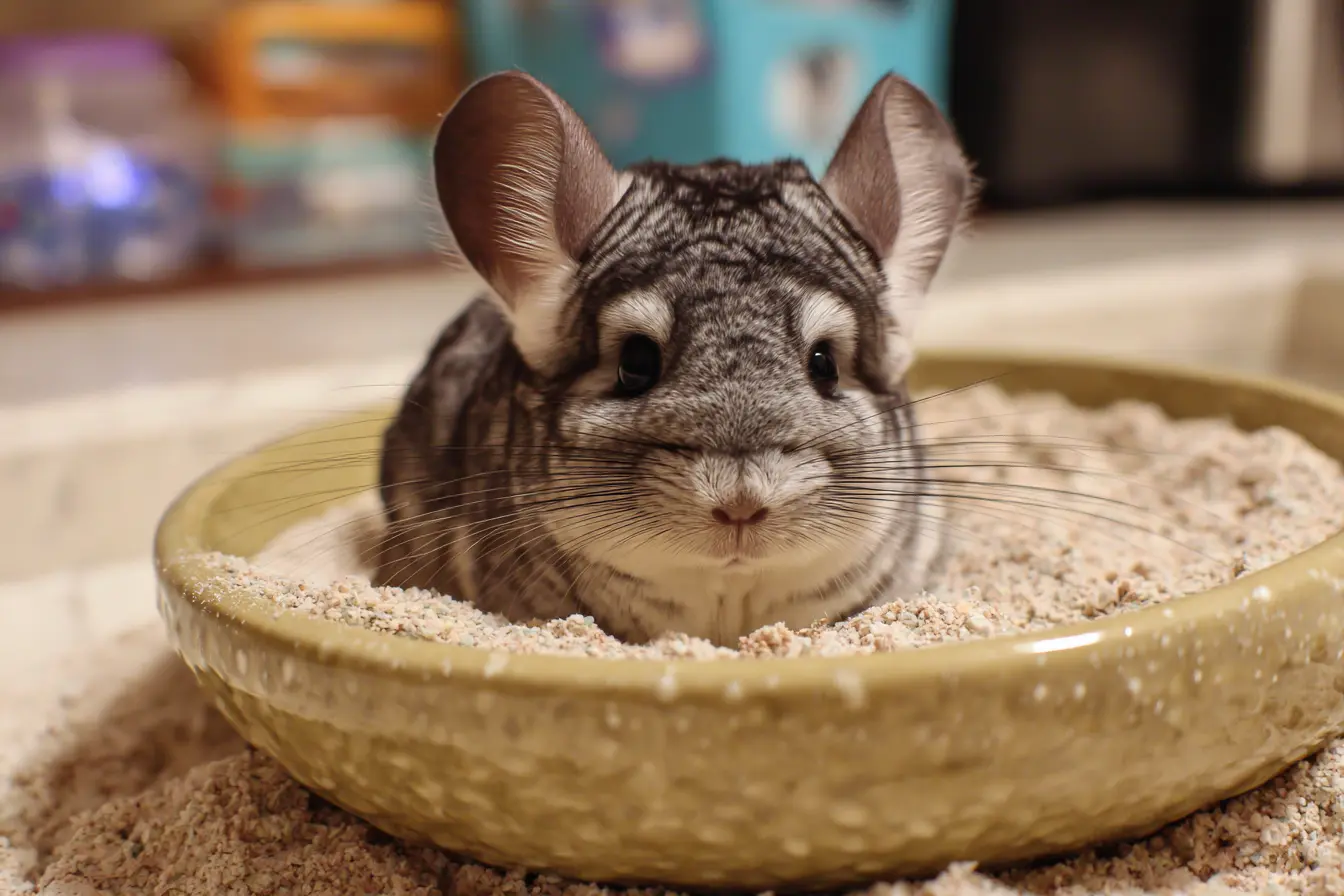
Setting Up a Sand Bath for Small Pets
A sand bath is an essential part of the care routine for many small pets, particularly species that come from arid environments. While not all animals need or benefit from one, a properly set up sand bath can promote hygiene, reduce stress, and support natural behaviours. This guide covers everything you need to know about setting up a sand bath safely and effectively.
What Is a Sand Bath?
A sand bath is a shallow container filled with a specific type of dust-free sand, designed for pets to roll, dig, and clean their fur. Unlike water, which can strip natural oils from the coat or cause chilling, sand allows animals to maintain their cleanliness by absorbing excess oils and removing debris.
Sand baths are commonly used for chinchillas, degus, gerbils, dwarf hamsters, and occasionally rats. They are not suitable for all species, so always check the needs of your specific pet before offering one.
Which Pets Need a Sand Bath?
Species that typically benefit from sand baths include:
- Chinchillas: Require regular access several times a week to keep their dense fur dry and clean.
- Degus: Enjoy regular sand baths for fur care and enrichment.
- Gerbils: Benefit from occasional sand baths for both hygiene and mental stimulation.
- Dwarf hamsters (especially Roborovskis): Often use sand baths daily for grooming and digging.
Syrian hamsters may enjoy sand for digging or toileting, but it is not essential for fur maintenance. Guinea pigs, rabbits, and mice do not typically require sand baths and may be harmed by inappropriate substrates.
Choosing the Right Sand
Not all sand is safe for small pets. The wrong type can cause respiratory issues or skin irritation. Look for sand that is:
- Dust-free: Fine dust can damage the lungs and lead to breathing problems.
- Natural and chemical-free: Avoid sand that has added fragrance, colour, or cleaning agents.
- Made specifically for small pets: Products labelled as chinchilla or small animal bathing sand are usually safe.
Do not use:
- Children's play sand (unless it has been thoroughly cleaned and baked)
- Dusty “bathing dust” marketed for chinchillas, which can be too fine
- Construction or builder’s sand, which is often contaminated and coarse
Reputable brands that produce safe sand for pets are worth investing in. Always check packaging and reviews carefully.
Choosing a Suitable Container
The bath container should be large enough for your pet to roll around, dig, and turn comfortably. It must also have low enough sides for the pet to enter and exit without difficulty. For animals that like to dig vigorously, slightly taller walls can help contain the mess.
Good container options include:
- Ceramic dishes
- Glass jars laid on their sides
- Plastic tubs (only for supervised use if your pet is prone to chewing)
- Small animal sand bath houses with lids and entrances
Ensure the container is stable, tip-proof, and easy to clean.
Where and How Often to Offer It
For some species, the sand bath should be a regular part of their environment. For others, it may be a supervised activity offered a few times a week.
- Chinchillas and degus: Offer for 10 to 20 minutes several times a week, depending on coat condition and humidity levels.
- Gerbils and dwarf hamsters: Can have a sand bath available in the enclosure at all times or for short daily periods.
- Syrian hamsters: May benefit from having a sand area for digging or toileting.
Place the sand bath in a quiet, safe area of the enclosure away from water sources. Remove it if your pet begins to use it as a toilet, as soiled sand is not hygienic for grooming.
Cleaning and Maintenance
The sand should be sifted regularly to remove waste, debris, or dampness. Replace all the sand at least once a week, or more often if it becomes dirty. Wash the container with pet-safe disinfectant, rinse thoroughly, and allow it to dry before refilling.
Never reuse sand between different pets, as this can spread parasites or infections.
Monitoring Your Pet
Not all pets take to sand baths immediately. Some may ignore it at first, while others might overuse it. If your pet seems to be excessively rolling or showing signs of dry skin, reduce access and consult a vet.
Watch for signs of irritation, sneezing, or respiratory issues after introducing a new sand product. If any symptoms appear, remove the sand bath immediately and switch to a different brand or consult your vet.
Benefits of a Sand Bath
When set up correctly, a sand bath offers several key benefits:
- Promotes natural grooming and healthy fur
- Encourages digging and rolling, satisfying natural instincts
- Provides mental stimulation and environmental enrichment
- Helps reduce stress and anxiety
- Keeps skin clean and free from excess oils
Summary
A sand bath is a simple but effective addition to the care routine of many small pets. Choosing the right sand and container, offering it at suitable intervals, and maintaining good hygiene all contribute to its success. With the right setup, your pet can enjoy cleaner fur, reduced stress, and a more enriched environment.
Vets near you
Speciality vets
- Aquatics vet specialists
- Birds vet specialists
- Camelids vet specialists
- Cats vet specialists
- Cattle vet specialists
- Deer vet specialists
- Dogs vet specialists
- Equines vet specialists
- Exotic vet specialists
- Goats vet specialists
- Pigs vet specialists
- Poultry vet specialists
- Sheep vet specialists
- Small Mammals vet specialists
- Wild vet specialists
